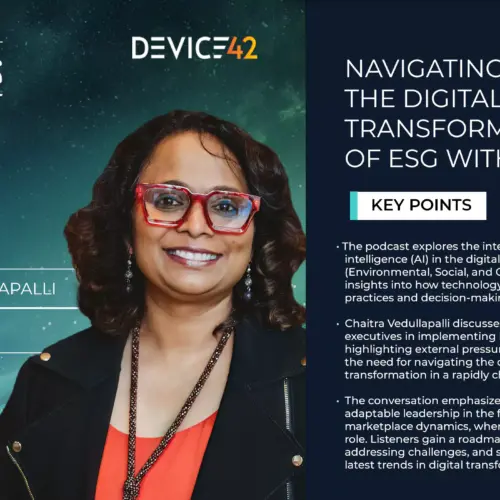
If you’re starting to get a data center up and running, it’s likely that you’ll begin organizing it using openDCIM. This is a free, browser-based data center infrastructure management platform released under the GPL 3 license.
Despite its low price tag – free! – openDCIM provides a long list of features that will keep data center managers happy. It’s an excellent application with an excellent community, and we’re not here to bash it. With that said, more mature data centers may find that they’ve outgrown the application’s feature set, and others may mind that the open source model is no longer the best fit for their organization.
Why Move On from openDCIM?
Let’s start by looking at the openDCIM feature set.
In addition to providing a complete physical inventory of the data center, openDCIM provides an application that’s heavily focused on monitoring physical and traditional data center infrastructure. It provides asset tracking across multiple data centers, while focusing on three aspects that make data centers function – space, power, and cooling. Much of their functionality involves interfacing with smart electrical outlets and power strips, mitigating power outages, and even making sure that racks don’t tip over.
From one perspective, this is a fantastic set of features. Things like power outages, for example, cause up to 33 percent of all unplanned downtime and cost up to $260,000. On the other hand, things seem to be missing – especially if you’re familiar with the Device42 feature set.
- No automatic device discovery
- Best suited for physical assets
- No native integration with VMs, containers, or microservices
- No integration with the public cloud or hybrid cloud
These are important things to be missing. After all, up to 90 percent of enterprise applications now live in virtualized servers, so you’re in trouble if you don’t have a way to keep track of them. By the same token, basically every enterprise has now made inroads into the public cloud or is operating a hybrid cloud. Without a way to track assets inside this new arena, you’ll expose yourself to security and privacy implications.
Speaking of which, there are a few reasons why the open source paradigm might not work for you as well. Open source code, while not necessarily being less secure, can be a security “unknown” – with most projects providing very little security documentation. In the top 400,000 public repositories in Github, only 2.4% had security documentation. In addition, open source software with smaller communities may not be able to scan or test their code for security holes before putting it into production. If you’re protecting sensitive healthcare or financial data, due diligence may prevent you from using open source applications.

Why and How to Migrate to Device42
When it comes to data center infrastructure management, Device42 has the features that will propel your organization into the future. With the ability to instantly map applications dependencies, track cloud, virtual, and containerized infrastructure, and integrate with IoT devices, Device42 has the ability to replicate and expand on the capabilities of openDCIM.
- Mitigate power outages by tracking dependencies, ensuring that you’ll know which applications and infrastructure you’ll need to tend to following unplanned downtime.
- Connect to smart plugs and connected power strips with our IoT integration capabilities, ensuring that you keep track of your energy usage.
- Maintain a rigorous security posture by using a vetted, proprietary application that can keep track of moment-to-moment changes in your application and infrastructure environment.
Switching from openDCIM to Device42 is easy! In fact, we already have a data migration script on GitHub that will allow you to quickly from one application to the next. Before you go ahead and run that script, however, here are a few things to keep in mind.
- First, backup all your information from openDCIM and perform all the due diligence that you normally would before migrating to a new app.
- Before migrating, you also need python 2.7.x, pymysql, and requests.
- You must also allow remote connections to the OpenDCIM MySQL port.
- Make sure that every device you’re migrating is in the openDCIM device template format, otherwise it won’t be migrated.
- Information that was previously stored in TemplateID under openDCIM can now be found under Hardware Model in Device42.
- Make sure that the height of each rack is specified – otherwise it won’t be migrated.
That’s it! Once you’ve made sure that you meet these prerequisites, you can immediately run the script and seamlessly migrate to Device42. If you need more information first, please feel free to install our free demo today!



